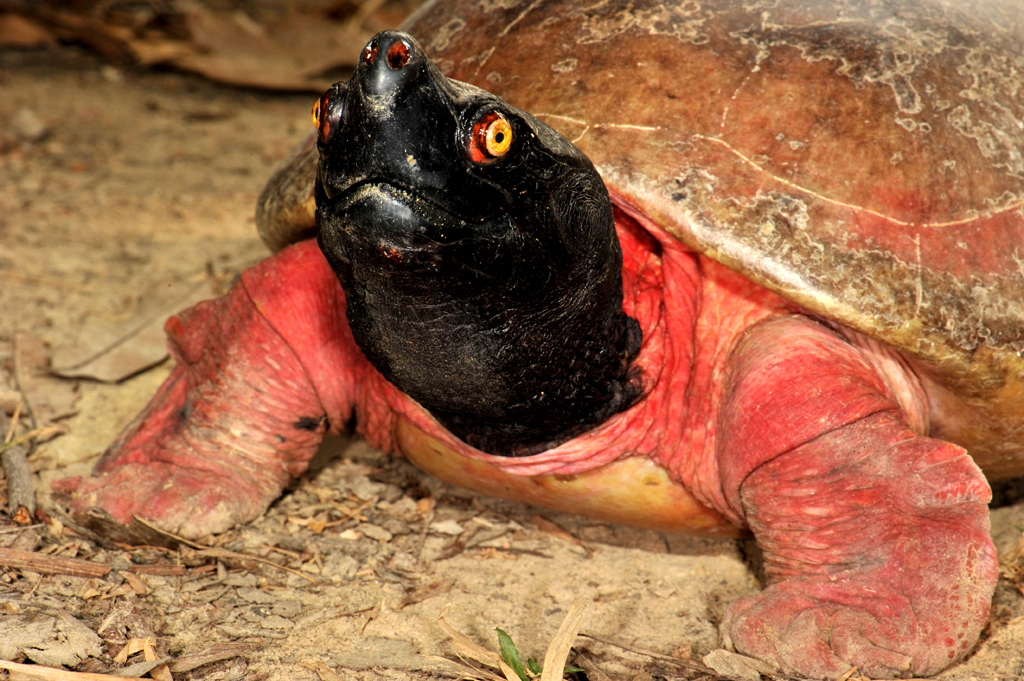THE COUNTRY
India & Bangladesh
ABOUT THE ANIMAL
Common Name: Northern River Terrapin
Scientific Name: Batagur baska
SUMMARY
The Northern River Terrapin (Batagur baska) is one of the world’s largest river turtles, reaching lengths of up to 60 cm (23.6 in). These turtles are typically olive-brown with a yellow plastron. During the breeding season, males undergo a dramatic transformation: their necks turn red, contrasting sharply with their black heads.
Once abundant in the rivers and estuaries of Northeast India, Bangladesh, and Myanmar, the species is now considered ecologically extinct in the wild. Rampant overfishing and the widespread harvesting of eggs have driven the species to the edge of extinction.
HOW BIG IS THE THREAT?
The Northern River Terrapin is among the Top 3 most endangered turtle species in the world. Fewer than 15 sexually mature females are known to exist globally. By the 1990s, surveys in India and Bangladesh failed to locate a single wild individual, and extensive searches across their former habitat yielded no results.
This species has not only been declared Critically Endangered by the IUCN but also ranks among their Top 25 most threatened turtle species worldwide.
TURTLE ISLAND'S CONSERVATION EFFORTS
Captive Breeding and Research
Conservation genetic studies led by Dr. Peter Praschag laid the groundwork for a groundbreaking collaboration between Turtle Island and Vienna Zoo. Together, we established the world’s only breeding group of Northern River Terrapins outside their native range. Captive breeding and hatching in a controlled environment are urgent and essential steps toward securing the future of this Critically Endangered species. In May 2010, following the transfer of two gravid females, the Vienna Zoo and Turtle Island achieved a historic milestone: the world’s first successful captive breeding of Northern River Terrapins. Since that initial success, all subsequent breeding, incubation, and hatching have taken place exclusively at Turtle Island. For species on the brink of extinction, understanding how to breed them in human care is essential. Without that knowledge, we risk losing them forever.
Our breeding group at Turtle Island has produced offspring every year since the initial success in 2010 and now represents approximately 20% of the global first-generation population. These turtles will play a crucial role in the long-term survival of the species and in our ultimate goal: rewilding. As part of an expanded collaboration to further strengthen the species’ chances, we have successfully transferred nine hatchlings to Prague Zoo, where they will contribute to ongoing breeding efforts.
Project Batagur: Rediscovery and Field Conservation
Turtle Island launched Project Batagur to search for surviving wild populations in Odisha and West Bengal in India, later expanding into the mangrove forests of Bangladesh. After three years of fieldwork and investigations into the illegal turtle trade, we located three living Northern River Terrapins in a village pond in southern Bangladesh.
These gentle herbivores were often regarded as good luck charms in local fish breeding ponds. However, their eggs were considered a prized delicacy, and as soon as a female laid eggs, they were typically dug up and eaten. We purchased the three turtles and with the support of the Bangladesh Forest Department, relocated them to a protected reserve in Bhawal National Park. Project Batagur now operates a dedicated hatchery and breeding program, home to more than 20 males and 9 females. Since 2012 alone, the program has produced more than 600 hatchlings with ongoing refinements to incubation techniques, rearing practices, and husbandry protocols. This is a promising sign for the future recovery of this Critically Endangered species.
Rewilding efforts
In 2016, we released two males equipped with satellite transmitters into Sundarbans National Park. Unfortunately, one signal was lost after just one week when the turtle ventured near a fishing village. The second male was caught twice by local fishermen and had to be returned to our care.
Between 2018 and 2022, we released additional individuals—five each year—but they too were recaptured or went missing. The turtle’s natural range far exceeds the boundaries of the national park, where enforcement against commercial fishing remains limited.
Our conclusion: Rewilding will not succeed without awareness campaigns and collaboration with local communities, including former poachers, fishers, and turtle traders. It was only through unconventional alliances that we made progress.
We are especially grateful to the Vienna Zoo, Rupali Ghosh, Sures Das, Sman Sirker, and Sanjiban Gosh, whose tireless efforts helped locate surviving turtles in temple ponds and foster local support for conservation.


